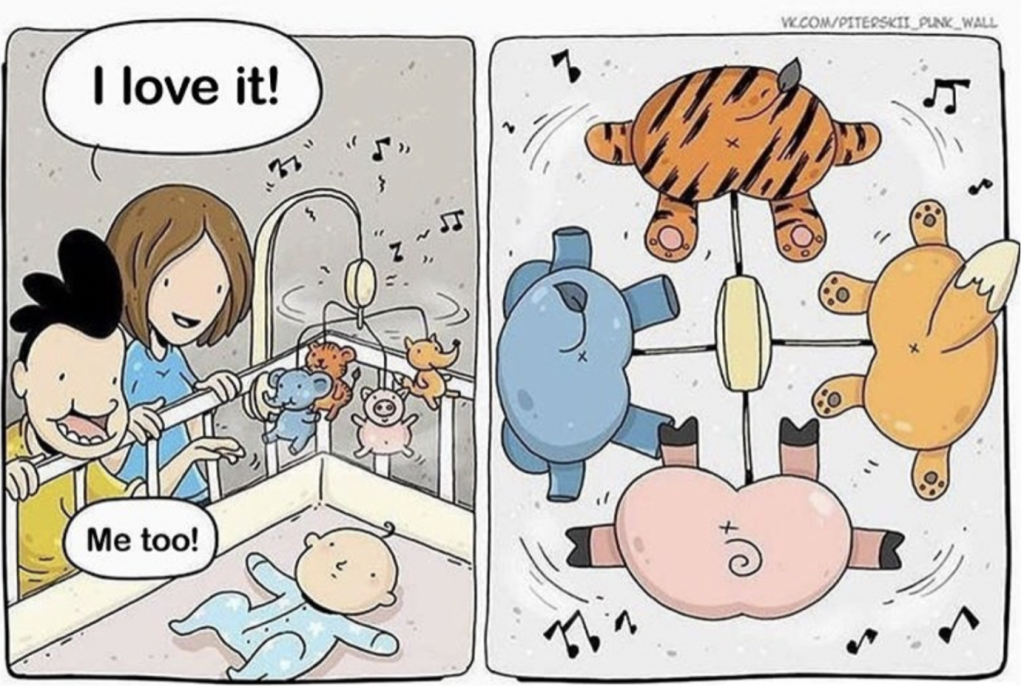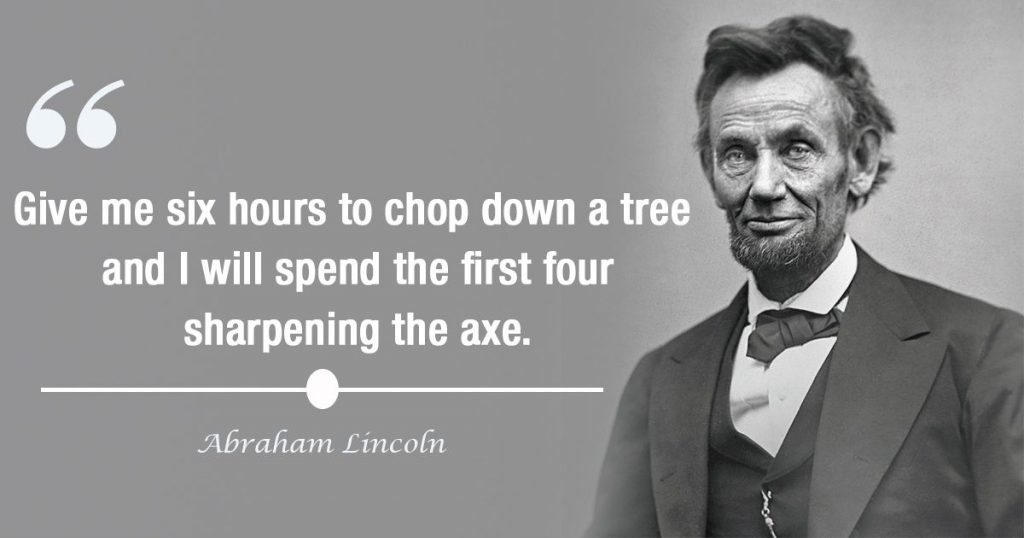There are only a few things that can have a bigger impact on the success of a product or service than a full understanding of your customer’s needs. User interviews can be a useful tool for gaining rich insight from your customers about their habits, past experience and understanding of your service. To help with running a successful user interview, we’ve put together 5 tips.
Find the right participants
Knowing your audience is vital for designing a successful product and reaching this audience for research is key to building your understanding. Usually, you’ll start with many potential participants, but only a small percentage of them will meet your criteria. From this percentage, it can be difficult to schedule a time that works for the interview. If you’re not 100% sure who exactly your audience is and have even less of an idea how to reach them, get help from a specialist participant recruiter like Bunnyfield.

As a rule of thumb, keep these in mind:
- Participants should represent the actual audience. Don’t use family and friends even if they are users of the service as they may be too close to you to provide the balanced information you need.
- Participant groups should be as demographically balanced as possible.
- Minimise no-shows by over recruiting for sessions. At Bunnyfoot we always include a couple of reserve participants in any schedule we create.
Preparation is everything

As Abraham Lincoln once said: “Give me six hours to chop down a tree and I will spend the first four sharpening the axe” or in other words preparation is everything! Not only is preparation key to ensuring you get the most out of your session, but to ensure the participant feels comfortable and trusts you.
Some tips:
- Introduce yourself and make participants feel at ease
- Assure them that everything in the session will be anonymous
- Speak calmly and slowly and give space for the participant to talk
- Let the participant know there are no wrong answers and that you will not be offended by any feedback they give you.
- Give a brief overview of what participants can expect from the session and how long it will last
- Tell them that they can end the interview anytime. This simply gives power back to the participant to make them feel in control and at ease.
Another good tip is to pilot your interview with a colleague. This helps you to understand the flow and to discover areas you had not thought about, but importantly to understand your timings.
Ask the right questions
Some participants might be hesitant to offer negative feedback. This can be due to several reasons; they don’t want to seem stupid, they don’t want to come across as rude or they simply don’t understand the product. Asking the right questions can help you get the responses you need.
1. Don’t ask leading questions
Let’s start with the hardest one to master. When you stop asking leading questions you’re one step closer to being objective in your interview. For example; instead of asking “What do you like about A?” just ask “What do you think about A?”
2. Don’t interrogate the participant
Try not to refer to the session as an interview, instead refer to it as a chat. Mirror that mindset whilst asking questions as well – don’t make the participant feel as if they are being grilled for information – they need to feel comfortable so they can trust you. This way, you will get more of the right information from them.
3. Don’t undervalue the 5 Ws
If you really want to dig deeper or understand something fully and from different angles embrace your inner child and ask who, what, where, when and why.
4. Ask additional follow-up questions
Having a structured interview guide is important, but knowing when to veer off and dig deeper is key to gaining richer insight. If your participant mentions something that is particularly interesting to your project, just ask them to expand on it.
Avoid jargon of any kind

I know avoiding jargon may seem like an obvious tip, but often when we work in a certain field we actually forget that some terms which are completely normal to us mean nothing to others. For example, if you are working on a finance service, covering off cryptocurrency, don’t expect the participants to know what you mean when you’re talking about blockchains, atomic swaps or cloud mining. Make it as simple as possible – remember we don’t want that the participant to feel stupid.
Record your interview…
We have all been there, we’re having a very insightful interview and noting everything down precisely… well we thought we had. The next day, we are looking at our notes and they look like hieroglyphs found at the British Museum.
The easiest thing to ensure you have an accurate record of your interview is just to hit record, but don’t forget to ask permission from your participant prior.
User interviews can be an informative and helpful way to see what the world looks like from your users’ perspective, but that only happens when interviews are conducted properly. The five points above should give some tips on getting started.
If you would like support with interviewing your users, we’re here to help. Get in touch, we’d love to talk more about any projects you are working on.




